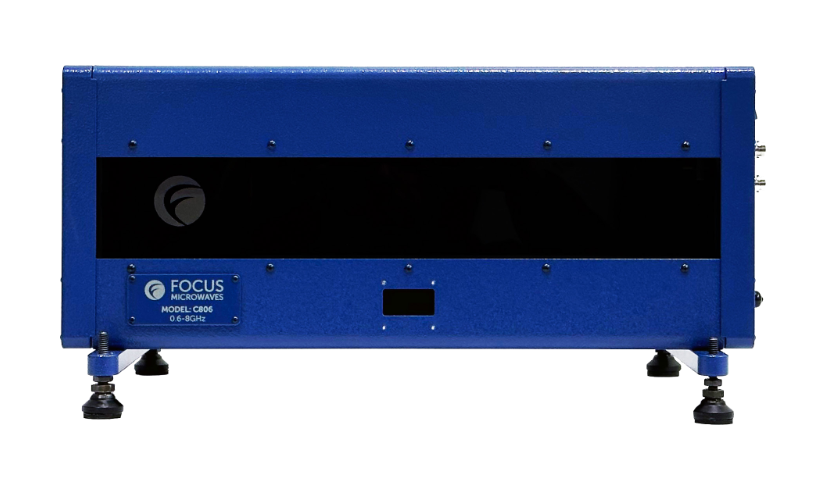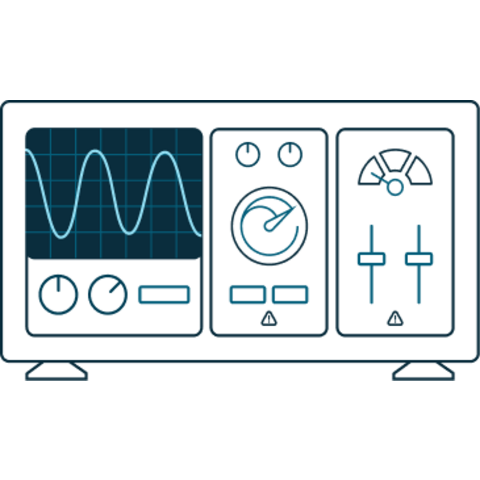Focus Microwaves - Sub-18GHz Tuners
-
From 100MHz to 120GHz we use the slide screw technique in which a reflective probe is inserted into a low loss slotted transmission line.
-
For frequencies from 10MHz to 170MHz we use a lumped element technology, whereby variable capacitors are connected with optimized lengths of coaxial cable. To view our Low Frequency Tuners, Click Here!
Sub 18GHz Tuners' List
Model |
Min Frequency |
Max Frequency |
VSWR |
Connector Type |
Type |
Datasheets |
| C101 | 0.1 GHz | 1.0 GHz | ≥ 10:1 (typ. 40:1) | 7/16, APC-7, N | f0 | |
| C302 | 0.2 GHz | 3.0 GHz | ≥ 10:1 (typ. 30:1) | 7/16, APC-7, N | f0 | |
| C304 | 0.4 GHz | 3.0 GHz | ≥ 10:1 (typ. 40:1) | 7/16, APC-7, N | f0 | |
| C308 | 0.8 GHz | 3.0 GHz | ≥ 10:1 (typ. 20:1) | 7/16, APC-7, N | f0 | |
| C606 | 0.6 GHz | 6.0 GHz | ≥ 30:1 (typ. 40:1) | 7/16, APC-7, N | f0 | |
| C606S | 0.6 GHz | 6.0 GHz | ≥ 30:1 (typ. 40:1) | 7/16, APC-7, N | f0 (Shielded) | |
| C804 | 0.4 GHz | 8.0 GHz | ≥ 10:1 (typ. 20:1) | 7/16, APC-7, N | f0 | |
| C806 | 0.6 GHz | 8.0 GHz | ≥ 50:1 (typ. 80:1) | 3.5mm | f0 | |
| C806S | 0.6 GHz | 8.0 GHz | ≥ 50:1 (typ. 80:1) | 3.5mm | f0 (Shielded) | |
| C806R | 0.6 GHz | 8.0 GHz | ≥ 30:1 (typ. 35:1) | 7/16, APC-7, N | f0 | |
| C806RS | 0.6 GHz | 8.0 GHz | ≥ 30:1 (typ. 35:1) | 7/16, APC-7, N | f0 (Shielded) | |
| C807 | 0.8 GHz | 7.0 GHz | ≥ 30:1 (typ. 35:1) | 7/16, APC-7, N | f0 | |
| C808 | 0.8 GHz | 8.0 GHz | ≥ 30:1 (typ. 40:1) | 7/16, APC-7, N | f0 | |
| C1260 | 6.0 GHz | 12.0 GHz | ≥ 40:1 (typ. 60:1) | 3.5mm | f0 | |
| C1804 | 0.4 GHz | 18.0 GHz | ≥ 30:1 (typ. 40:1) | APC-7, N | f0 | |
| C1806 | 0.6 GHz | 18.0 GHz | ≥ 10:1 (typ. 20:1) | APC-7, N | f0 | |
| C1806S | 0.6 GHz | 18.0 GHz | ≥ 10:1 (typ. 20:1) | APC-7, N | f0 (Shielded) | |
| C1807 | 0.7 GHz | 18.0 GHz | ≥ 10:1 (typ. 25:1) | APC-7, N | f0 | |
| C1808 | 0.8 GHz | 18.0 GHz | ≥ 10:1 (typ. 15:1) | APC-7, N | f0 | |
| C1818 | 1.8 GHz | 18.0 GHz | ≥ 10:1 (typ. 20:1) | APC-7, N | f0 | |
| L302 | 0.2 GHz | 3.0 GHz | 10:1 ~ 100:1 | 7/16, APC-7, N | f0, 2f0 | |
| L804 | 0.4 GHz | 8.0 GHz | 10:1 ~ 100:1 | 7/16, APC-7, N | f0, 2f0 | |
| L808 | 0.8 GHz | 8.0 GHz | 10:1 ~ 100:1 | 7/16, APC-7, N | f0, 2f0 | |
| L1007 | 0.7 GHz | 10.0 GHz | 10:1 ~ 100:1 | APC-7, N | f0, 2f0 | |
| L1208 | 0.8 GHz | 12.0 GHz | 10:1 ~ 100:1 | APC-7, N | f0, 2f0 | |
| L1218 | 1.8 GHz | 12.0 GHz | 10:1 ~ 100:1 | APC-7, N | f0, 2f0 | |
| L1804 | 0.4 GHz | 18.0 GHz | 10:1 ~ 100:1 | APC-7, N | f0, 2f0 | |
| L1807 | 0.7 GHz | 18.0 GHz | 10:1 ~ 100:1 | APC-7, N | f0, 2f0 | |
| L1808 | 0.8 GHz | 18.0 GHz | 10:1 ~ 100:1 | APC-7, N | f0, 2f0 | |
| L1818 | 1.8 GHz | 18.0 GHz | 10:1 ~ 100:1 | APC-7, N | f0, 2f0 | |
| M804 | 0.4 GHz | 8.0 GHz | 10:1 ~ 100:1 | 7/16, APC-7, N | f0, 2f0, 3f0 | |
| M807 | 0.7 GHz | 8.0 GHz | 10:1 ~ 100:1 | 7/16, APC-7, N | f0, 2f0, 3f0 | |
| M808 | 0.8 GHz | 8.0 GHz | 10:1 ~ 100:1 | 7/16, APC-7, N | f0, 2f0, 3f0 | |
| M1007 | 0.7 Ghz | 10.0 GHz | 10:1 ~ 100:1 | APC-7, N | f0, 2f0, 3f0 | |
| M1204 | 0.4 GHz | 12.0 GHz | 10:1 ~ 100:1 | APC-7, N | f0, 2f0, 3f0 | |
| M1208 | 0.8 GHz | 12.0 GHz | 10:1 ~ 100:1 | APC-7, N | f0, 2f0, 3f0 | |
| M1218 | 1.8 GHz | 12.0 GHz | 10:1 ~ 100:1 | APC-7, N | f0, 2f0, 3f0 | |
| M1804 | 0.4 GHz | 18.0 GHz | 10:1 ~ 100:1 | APC-7, N | f0, 2f0, 3f0 | |
| M1807 | 0.7 GHz | 18.0 GHz | 10:1 ~ 100:1 | APC-7, N | f0, 2f0, 3f0 | |
| M1818 | 1.8 GHz | 18.0 GHz | 10:1 ~ 100:1 | APC-7, N | f0, 2f0, 3f0 | |
| M1808 | 0.8 GHz | 18.0 GHz | 10:1 ~ 100:1 | APC-7, N | f0, 2f0, 3f0 |
More Product Information

-
High spatial resolution
-
IEEE 1588 PTP
-
Power over Ethernet
-
Defect pixel masking
-
Monochrome (GT4400) and color (GT4400C) models
-
Screw mount RJ45 Ethernet connector for secure operation in industrial environments
-
Supports cable lengths up to 100 meters (CAT-5e or CAT-6)
-
Trigger over Ethernet Action Commands allow for a single cable solution to reduce system costs
-
Comprehensive I/O functionality for simplified system integration
-
Planarity adjusted (PA) EF Lens Mount (option -18) for electronic control of aperture and autofocus
-
Easy camera mounting via standard M3 threads at all sides and 1/4-20 tripod mounting hole
-
Defect pixel masking feature with the Defect Mask Loader tool that allows you to manage a user defined defective pixel list to match your application and optimize the life cycle of the camera.
-
Easy software integration with Allied Vision's Vimba Suite and compatibility to the most popular third party image-processing libraries.
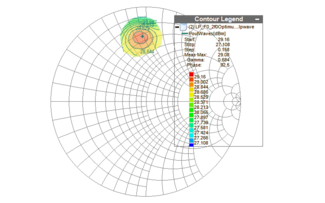
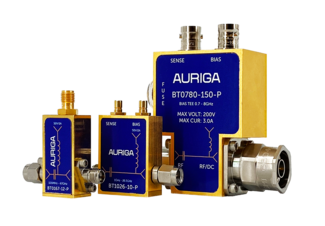
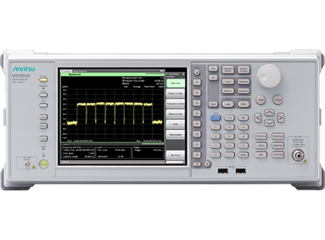
For next-generation broadband and multicarrier communication system, such as 5G mobile and broadcast satellites
- Built-in 5G measurement software supports efficient development and production
- All-in-one 5G NR/V5G (sub-6 GHz/mmWave) coverage
- High EVM performance due to wide dynamic range (EVM: <1%)
- One-button dynamic-range optimization at EVM measurement
- Multicarrier batch (all-at-once) analysis
- Amplitude/phase/timing difference measurement for each carrier
- Maximum analysis bandwidth: 1 GHz
- Excellent amplitude and phase flatness performance
- Wide dynamic range measurement: >140 dB
- Long-term capture using large memory
- With PCIe/USB3.0 connector equipped
- Transfers captured data to external PC at faster speed than 1000BASE-T
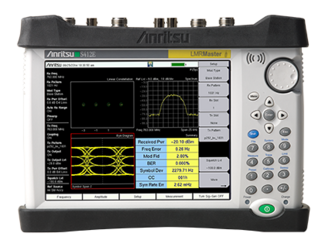
- LMR Signal Analyzers with Coverage Mapping: P25, P25 Phase 2, DMR (MotoTRBO™), TETRA, NXDN, dPMR, PTC-ITCR, PTC-ACSES, NBFM, FDD & TDD LTE
- Broadband Signal Analyzers: LTE, WiMAX
- Interference Analyzer with Interference Mapping and support for MA2700A Handheld Interference Hunter
- Auto Test and Alignment of Motorola APX P25 mobiles and portables
- Direct measurement of up to 150 watt transmitters
- Spectrum Analyzer: 9 kHz – 1.6 GHz, optional to 6 GHz
- Cable and Antenna Analyzer: 500 kHz – 1.6 GHz, optional to 6 GHz
- Return Loss, VSWR, Insertion Loss, S11 / S21, DTF
- PIM Hunting
- Internal Power Meter, optional External Power Sensor
- Handheld, battery-operated design
- Weighs less than 7.6 lb (including battery)
- Rugged, field-proven design using Anritsu's 9th generation hardware platform
- Daylight viewable color touchscreen display
- Superior Immunity to RF interference
- Remote control via Ethernet
- Standard three-year warranty (battery one-year warranty)
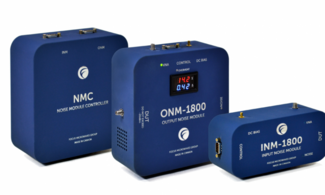
of the cold-source noise figure measurement technique. This specific technique requires a noise source to determine the kBG (gain-bandwidth constant) of the system and a passive mechanical tuner is used to characterize the noise receiver across both the impedance and frequency space. This step is imperative to obtain fully vector-source-corrected measurements.
A RF down conversion stage might be required if the frequency of noise measured exceeds the receiver’s bandwidth. Focus offers noise modules which support down conversion for optimal speed and performance.
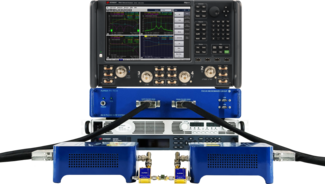
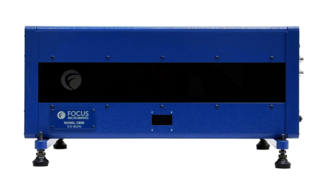
-
From 100MHz to 120GHz we use the slide screw technique in which a reflective probe is inserted into a low loss slotted transmission line.
-
For frequencies from 10MHz to 170MHz we use a lumped element technology, whereby variable capacitors are connected with optimized lengths of coaxial cable. To view our Low Frequency Tuners, Click Here!
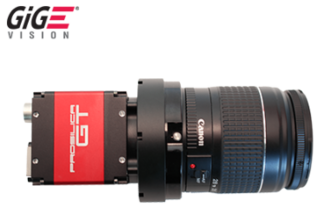
-
Versatile temperature range for extreme environments
-
IEEE 1588 PTP
-
Power over Ethernet
-
EF lens control
-
Monochrome (GT1930L) and color (GT1930LC) models
-
GigE Vision interface with Power over Ethernet
-
Screw mount RJ45 Ethernet connector for secure operation in industrial environments
-
Supports cable lengths up to 100 meters (CAT-6 recommended)
-
The Sony IMX174 Exmor is a high sensitivity CMOS sensor
-
Trigger over Ethernet Action Commands allow for a single cable solution to reduce system costs
-
Comprehensive I/O functionality for simplified system integration
-
Planarity adjustable (PA) EF Lens Mount for electronic control of aperture and autofocus
-
Easy camera mounting via standard M3 threads at all sides and 1/4-20 tripod mounting hole
-
Easy software integration with Allied Vision's Vimba Suite and compatibility to the most popular third party image-processing libraries.

Focus Microwaves
Focus Microwaves is a pioneering engineering company, built around the innovations of its founder Dr. Christos Tsironis who developed his first manual tuner in 1973 and is the inventor of most existing electro-mechanical tuner families. The success of Focus is based on the engineering and manufacturing skills of its highly motivated and experienced team of engineers and technicians, who have been trained and encouraged to develop new technologies. In addition, listening to our customers needs and insights helps us discover and develop new and measurement methods on an ongoing basis, relentlessly pushing the limits of what is possible.
From humble beginnings in 1988, Focus has become the main supplier of advanced Load Pull and Noise Tuner Systems. Our mission is to provide effective, reliable and innovative solutions for non-50 Ohm testing (Noise and Load Pull) of RF microwave transistors, thus enabling our customers to compete in the marketplace with better designs and to advance the understanding and knowledge of the field.
Contact Details
Focus Microwaves Inc. Main Head Office
4555 Chem. du Bois-Franc, Saint-Laurent, QC H4S 1A8, Canada
Phone: +1-514-684-4554
Test & Measurement
